#Design Fictions
Text

putrid air
#reference photo/inspo is by brendan burton (@burtoo on twt)#original character#digital painting#oc artist#queer artist#digital art#trans artist#lgbt art#oc#oc artwork#cowboy oc#historical oc#western oc#historical fiction#character design#cowboys#rosie#horror art#creepy art#unsettling art
44K notes
·
View notes
Text

Spooky season is almost there...who you gonna call?
#artists on tumblr#art#ghost face fanart#illustration#character design#ghost face#halloween#october#fall season#tw blood#it's almost october i am vibrating#and i am totally making a series of pink vibes fictional killers#there is already michael#that I will reblog right after that one#scary movies#scream movies#Spoopink killer#dbd#dead by daylight#ghostface
11K notes
·
View notes
Text
Dialogue tips that actually work:
You are not writing a movie (ignore this if you are). The reader doesn't need to know every word the characters say for the duration of the story. Less is more.
Dialogue can happen within the prose. "And they awkwardky discussed the weather for five minutes" is way better than actually writing five pages of dialogue about the weather.
Balance your dialogues. Surprise yourself with a monosyllabic answe to a dialogue that's ten sentences long. Don't be afraid of letting your character use half a page for a reply or nothing at all!
Don't write accents phonetically, use slang and colloquialisms if needed.
Comma before "said" and no caps after "!?" unless it's an action tag. Study dialogue punctuation.
Learn the difference between action tags and dialogue tags. Then, use them interchangeably (or none at all).
Don't be afraid to use said. Use said if characters are just saying things, use another word if not. Simple. There's no need to use fancy synonyms unless absolutely necessary.
Not everyone talks the same way so it makes sense for your characters to use certain words more often than others. Think of someone who says "like" to start every sentence or someone who talks really slow. Be creative.
Use prose to slow down the pace during a conversation.
Skip prose to speed up the pace during a conversation.
#writing#fiction#writeblr#writers#amwriting#writing problems#fan fiction#amediting#books#creative writing#dialogue writing#dialogue#character tropes#character design
18K notes
·
View notes
Text
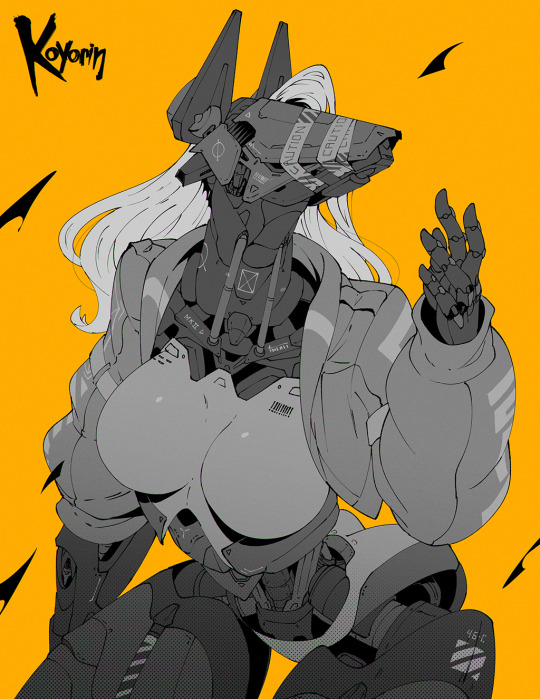
jackal // 2
https://twitter.com/koyoriin
https://patreon.com/koyorin
https://instagram.com/koyori_n
https://bsky.app/profile/koyorin.bsky.social
2K notes
·
View notes
Text


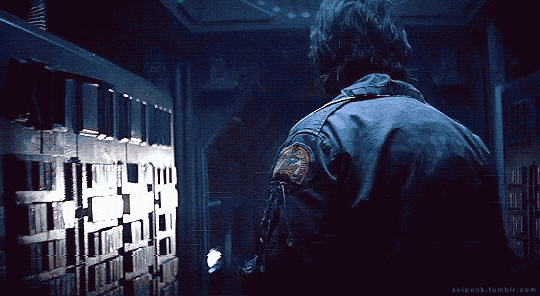






Alien (1979)
#alien movie#scifiedit#science fiction#nostromo#spaceship#interiors#spacecraft#old computers#computing#atmospheric#scifi aesthetic#cyberpunk aesthetic#graphic design#glitch#user interface#user interaction#mother#space ship#gifs#gifset
2K notes
·
View notes
Text
Slay the Princess Concept Art
We shared a bunch of concept art on Twitter today. Sharing it here, too, where you can find it all in one post. Post contains spoilers, so proceed with caution (or just play the game already if you haven't 😉)
Going to start with the first piece of concept art Abby drew for the game.
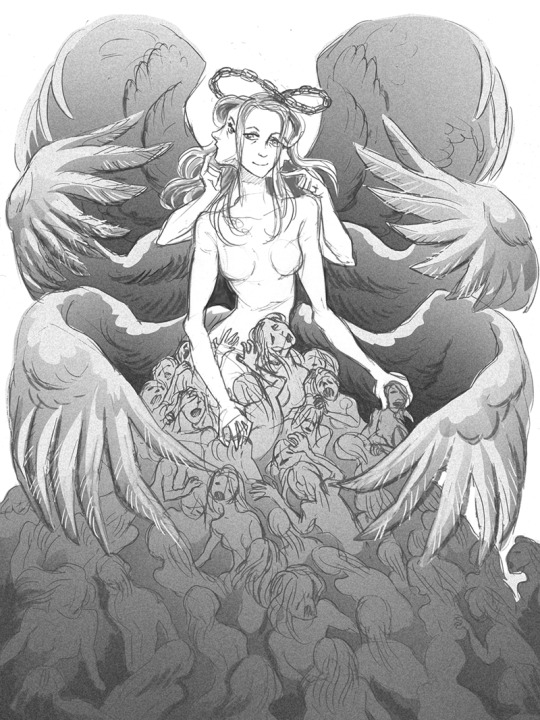
In the earliest stages of development, we toyed around with the concept of there being multiple "end game" forms of the Princess.
The initial outline, rather than being tied together by an overarching metanarrative, structured a full playthrough as a 5-6 chapter long, self-contained journey down a single route, determined by your decisions in chapter 1. Here's an alternative late-game form:
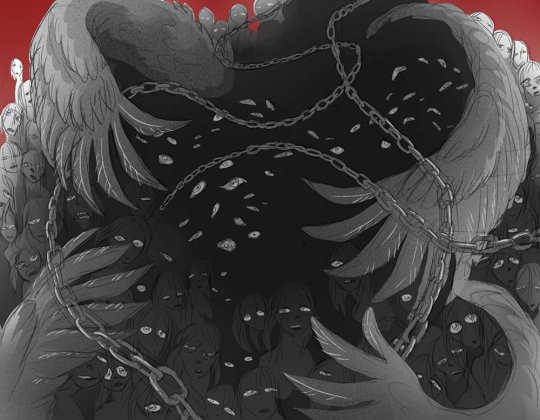
The idea of deviating end-game forms didn't lost for very long, though. As we explored the game's themes more deeply, it made the most sense for there to be a singular "true" form.
If your reality is shaped by subjectivity and perception, then the "truth" has to be what's left when that subjectivity is swept away. the Shifting Mound's final design feels like that initial truth for the Princess, though there's also another truth if you push back against her and press on into the final cabin.
We really liked this "void" design, and I played around with the idea of it being an intermediary to the final form. The "void" Princess would be what you saw upon encountering the final Princess without understanding your own truth, but once you had that understanding, you would see her as the Shifting Mound, as depicted in the game.
That gave way to the intermediary design of the SM being a sea of disembodied limbs, and we also took parts of both designs and incorporated them into the protagonist (particularly the wings.) You can see the eyes and feathers for this void form in the ending card of the original trailer below:

You can see extremely early concept art for the spectre (top), nightmare (top-right), stranger (left), beast (bottom) and ??? (right) as well!
The eyes became a motif in the Nightmare route (Paranoid's manifestation of the fear of being watched), but I also like to think of them as a part of The Long Quiet's truth. You are space and emptiness, but you're also that which observes those things, and it's your perceptions that give the Shifting Mound shape.

Anyways, on the note of the original original concepts for the game, the Princess was initially going to remain human for several loops before taking on more monstrous forms. Some concepts of that are below. Had to get Abby to tone down some of the more horrifically cartoonish designs because they creeped me out and I didn't want to romance them in a video game.
We had to hold our cards close to our chest in the non-metanarrative early drafts, which is part of why, even in the first demo, the cabin doesn't really change much in chapter 2. More room to subtly play with the concept of transformation over time.
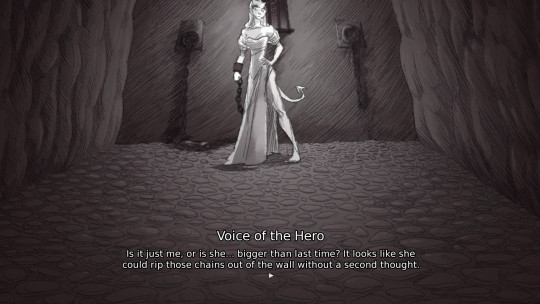
There were a lot of reasons we moved in a different direction for the full release. The branching was unmanageably large to write, and the game felt like a slog to write.
Using an overarching narrative as a framing mechanism in the final version gave us a lot more freedom to explore wildly divergent ideas within routes while still driving the player towards the originally planned finale.
Anyways, now we've got some concept art for individual princesses. There's a lot more than this lying around somewhere, but it's all in sketchbooks, and we'll probably wait until we make an art book to show it off.
First is the tower, who really didn't change much at all. (She got a little thicker, I guess. All of the Princesses did)

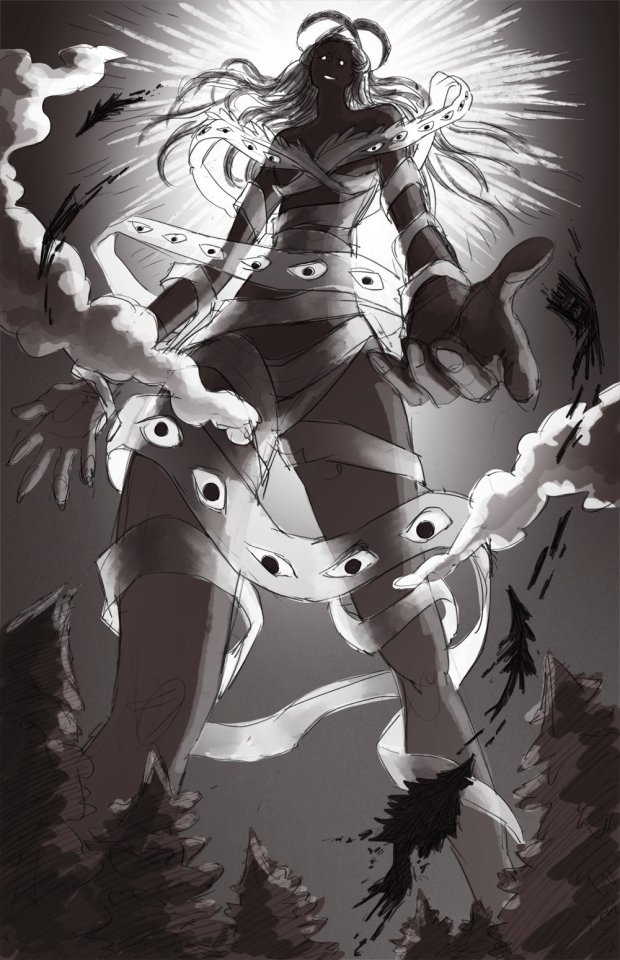
Not a lot to say about her, other than the fact that we knew we wanted a set piece where she gets so big that the trees and cabin orbit around her.
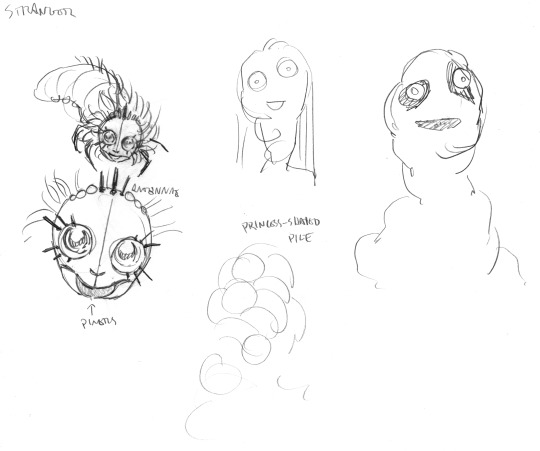
The stranger went through many many redesigns over the course of development. Here, she was a "princess skin" filled with a hive of sentient bugs.
The script wasn't working for me, though, so instead she became a peak behind the curtains without the necessary context to know her.
A lot of people ask how these earlier drafts of the Stranger route would have played out, and the answer is I can't tell you, because I couldn't figure out something worth writing.
The writing process for individual routes didn't really start with outlines or plot beats. Rather, the routes started from a theme and a relationship dynamic, and I organically found their outcomes by exploring actions within those themes, and then seeing if those passed Abby's editor brain.
Neither of us found actions we wanted to explore with those versions of the Stranger, at least actions that weren't a beat-by-beat retelling of chapter 1, which contained way too much variation to put on a single chapter 2 route.
If each princess examines a relationship formed by perception and first impressions, the Stranger examines one that's fundamentally unknowable. One where you've seen too much, too quickly.
An insect hive-mind pretending to be a person seemed like a good starting point, but it was too difficult to write any interactions that didn't immediately feel knowable, if still strange. So the final version of the Stranger was designed in such a way where her unknowability makes interacting with her on a human level fundamentally impossible, and you don't get to have a real conversation with her unless you satisfy extremely specific criteria.
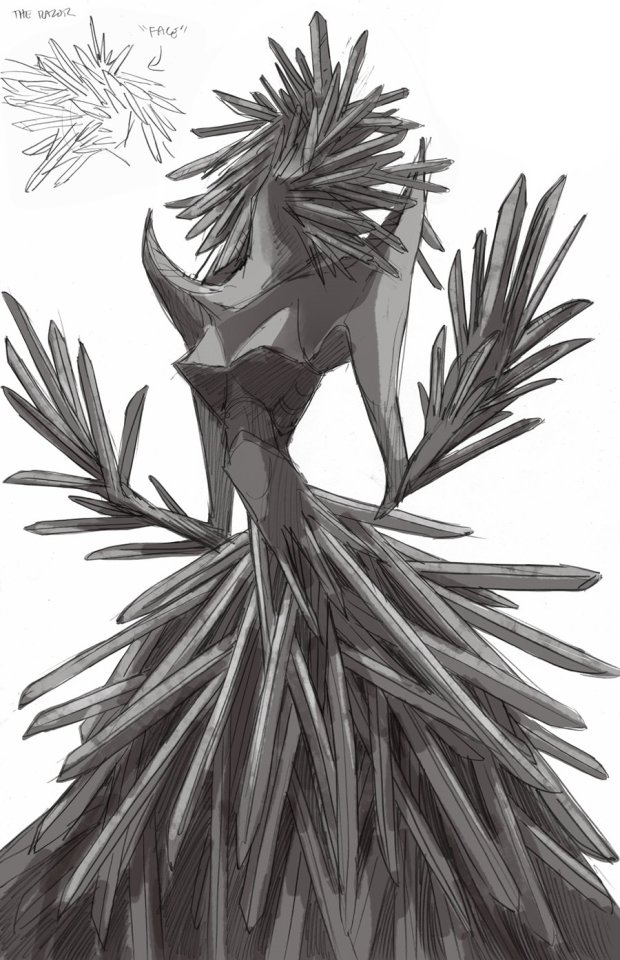
Anyways next up is the razor's final form. We decided she needed more swords.
Hearts became an accidental motif very quickly in the development process, too. (The fact that it is only strikes to the heart that fell her in the demo was accidental, but it felt poetic so we extended it to the rest of the game.)
So on top of adding more swords, we made her heart visible. This is something we did with the fury as well, as a way of showing their emotional (and physical) vulnerability.
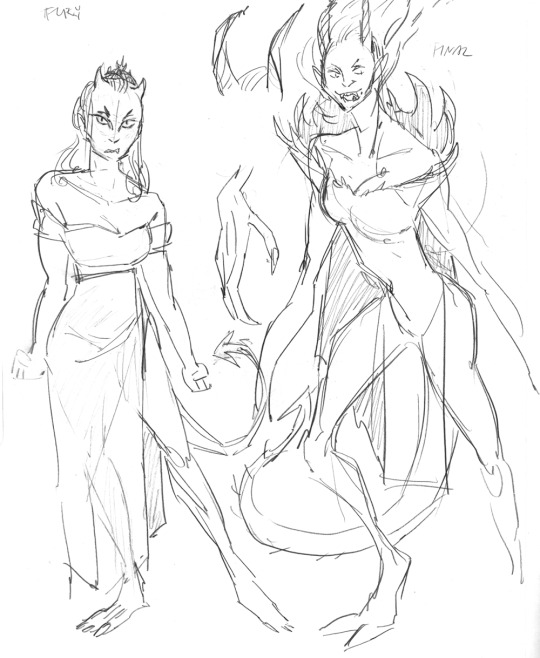
Here's an early version of the Adversary and what would eventually become the Eye of the Needle, back when she was still called the Fury. Originally her hair was going to be fire (as seen on the right), but it didn't feel right in its execution.
She's hit the gym since this concept art. Good for her :)

And we're going to end with the Beast, who at this point was called the Adversary. I think this was before the Witch was added? The Beast was originally designed to be a Questing Beast who lurked in the shadows, where you'd only see glimpses of her, and where each glimpse would make her appear to be a different animal. This was too difficult to execute, though we gave her a more chimera-like appearance in the final game.
This design was from when we still has the Voice of the Obsessed, and the route was going to be a more feral mirror of what eventually became the Adversary, but it felt too thematically similar while being less interesting, so we moved in the direction of making the Beast about consumption as a form of love.
Anyways, that's all we've got for you right now. Hope this was fun!
3K notes
·
View notes
Text
In recent posts I've complained that a lot of tabletop RPGs which toss around the term "fiction first" don't actually understand what it means, and I've been asked to expand on that complaint. So:
In my experience, there are two ways that game texts which want to position themselves as "fiction first" trip themselves up, one obvious and one subtle.
The first and more obvious pitfall is treating "fiction first" as an abstract ideology. They're using "fiction first" as a synonym for "story over rules" in a way that calls back to the role-playing-versus-roll-playing discourse of the early 2000s. The trouble is, now as then, nobody can usefully explain what "story over rules" actually entails. At best, they land on a definition of "fiction first" that talks about the GM's right to ignore the rules to better serve the story, which is no kind of definition at all – it's just putting a funny hat on the Rule Zero fallacy and trying to pass it off as some sort of totalising ideology of play.
A more useful way of defining "fiction first" play is to think of it not in terms of whether you engage with the rules at all, but in terms of when they're invoked: specifically, as a question of order of operations.
Suppose, for example, that you're playing Dungeons & Dragons, and you pick up the dice and say "I attack the dragon". Some critics would claim that no actual narrative has been established – that this is simply a bare invocation of game mechanics – but in fact we can infer a great deal: your character is going to approach the dragon, navigating any inclement terrain which lies between them, and attempt to kill the dragon using the weapon they're holding in their hand. The rules are so tightly bound to a particular set of narrative circumstances that simply invoking those rules lets us work backwards to determine what the context and stakes must be for that invocation of the rules to be sensical; this, broadly speaking, is what "rules first" looks like.
Conversely, let's say that your game of Dungeons & Dragons has confronted you with a pit blocking your path, and you want to make an Athletics check to cross it. At this point the GM is probably going to stop you and say, hold up, tell us what that looks like. Are you trying to jump across it? Are you trying to climb down one wall of the pit and up the other? Are you trying to tie a rope to the halfling and toss them to the other side? In other words, before you can pick up the dice, you need to have a little sidebar with the GM to hash out what the narrative context is, and to negotiate what can be achieved and what's at stake if you mess it up; this, broadly, is what "fiction first" looks like.
At this point I know some people are thinking "wait, hold on – both of those examples were from Dungeons & Dragons; are you saying that Dungeons & Dragons is both a rules-first game and a fiction-first game?" And yeah, I am. That's the second, more subtle place where game texts that talk about "fiction first" go astray: they talk about it as though being "fiction first" or "rules first" is something which is inherent to game systems as a whole.
This is not in fact true: being "fiction first" or "rules first" is something which describes particular invocations of the rules. In practice, only very simple games spend all of their time in one mode or the other; most will switch back and forth at need. Generally, most "traditional" RPGs (i.e., the direct descendants of Dungeons & Dragons and its various imitators) tend to operate in rules-first mode in combat and fiction-first mode out of it, though this is a simplification – when and how such mode-switching occurs can be quite complex.
Like any other design pattern, "fiction first" mechanics are a tool that's well suited for some jobs, and ill suited for others. Sometimes your rules are fine-grained enough that having an explicit negotiation and stakes-setting phase would just be adding extra steps. Sometimes you're using the outputs of the rules a narrative prompt, and having to pin the context down ahead of time would defeat the purpose. Fortunately, you don't have to commit yourself to one approach or the other; as long as your text is clear about how you're assuming a given set of rules toys will be used, you can switch modes as need dictates. However, you're not going to be capable of that kind of transparency if you're thinking in terms of "this a Fiction First™ game".
(Incidentally, this is why it can be hard to talk about "fiction first" with OSR fans if you're being dogmatic about fiction-first framing being an immutable feature of particular games. Since traditional RPGs tend to observe the above-described rules-first-in-combat, fiction-first-out-of-combat division, and OSR games tend to treat actually getting into a fight as a strategic failure state, a lot of OSR games spend most of their time in fiction-first mode. If you go up to an OSR fan and insist that D&D-style games can never be fiction-first, then attempt to define "fiction first" for them and proceed to describe how they usually play, they'll quite justifiably conclude that you have your head up your ass!)
#gaming#tabletop roleplaying#tabletop rpgs#game design#fiction first#violence mention#death mention#swearing
2K notes
·
View notes
Text

This is truly stiff competition for the worst case of willful false equivalence we've ever seen.
So, for those not aware: Ongoing embarrassment to gamers and the gaming industry, Mark Kern (former lead on FireFall), has been desperately trying to get Gamergate 2 going on X/Twitter... well after others have given up. If you need to get caught up on Mark, I recommend this video by documentary maker and experienced game developer, Dead Domain:
youtube
One of the latest fiascos in this mix has been the comparison of responses to character designs from Hades 2 (Aphrodite, left) and Stellar Blade (protagonist Eve, right). The post isn't by Mark, but is part of the general harassment campaign he's trying to lead.
If you're somehow not familiar with Aphrodite, she's the Ancient Greek goddess of love, lust and hot girl shit. It is absolutely perfect characterization for her to show up to a battle (or anything else) nude but for her hair teasingly covering the intimate parts of her body. But the buried lede here is, you don't fight her in Hades and nothing about Hades 2 indicates she'll fight there either, she just likes the aesthetic and has no reason not to indulge.
Stellar Blade will release on 26 April 2024, so we can't really give an informed discussion of her character. But what we do know is the studio head is the illustrator from Blade & Soul, Eve is described as being a member of "the 7th Airborne Squad" engaged in an "operation to reclaim the planet from the Naytiba", and the promotion material promises "an enthralling narrative filled with mature themes, mystery and revelation. Embrace the relentless pace, with no time to pause between moments where critical, story-changing decisions are made."
It's to be compared to games like Nier: Automata, Devil May Cry 5, Jedi: Fallen Order and Sekiro. And the screenshots look like this:
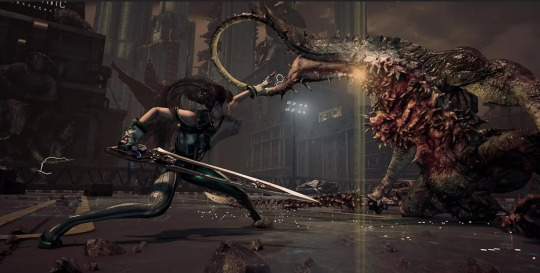
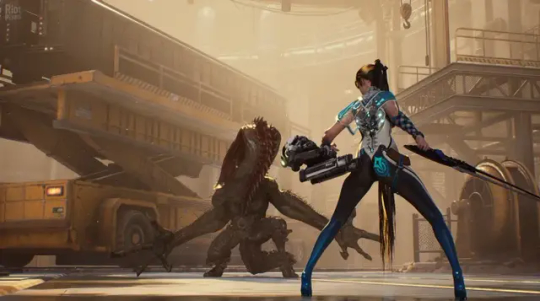
And yeah, unlike Bayonetta she's not supposed to be an unstoppable force of nature (and fashion) who is immune to self-doubt, she's supposed to be the scrappy underdog last survivor of her team.
Weird they gave her a costume that conveys... the opposite of literally everything they're supposed to be trying to tell you about her.
-wincenworks
#stellar blade#hades#hades 2#aphrodite#character design#costume design#commentary#mark kern#gamergate#dead domain#video games#false equivalence#blade and soul#nier automata#devil may cry#star wars#sekiro#bayonetta#firefall#science fiction#mythology#Greek#image#video#bikini armor battle damage#bikiniarmorbattledamage#babd#Youtube
2K notes
·
View notes
Text
the Magnus Protocol Character Designs

these are just my current headcanons, as well as some things I've seen from others. idk who came up with the Sam amputee hc but I rlly fwi! These aren't final, so feel free to tell me your hcs in the comments, I'd love to hear about them!!
Colin, Lena & Celia are next, and if i find the time I'll try to work on some others like Bonzo etc.
Some details:
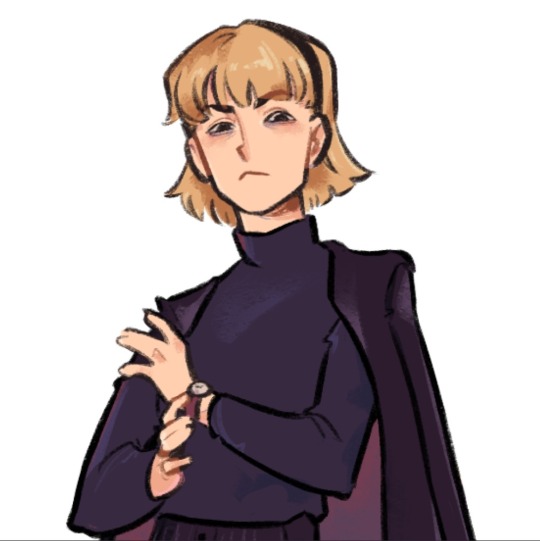

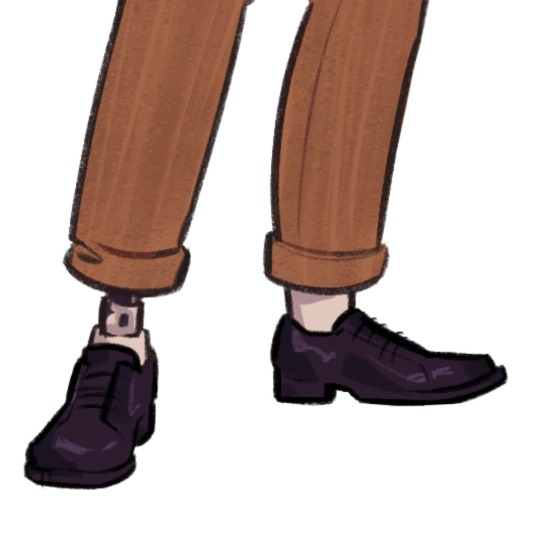
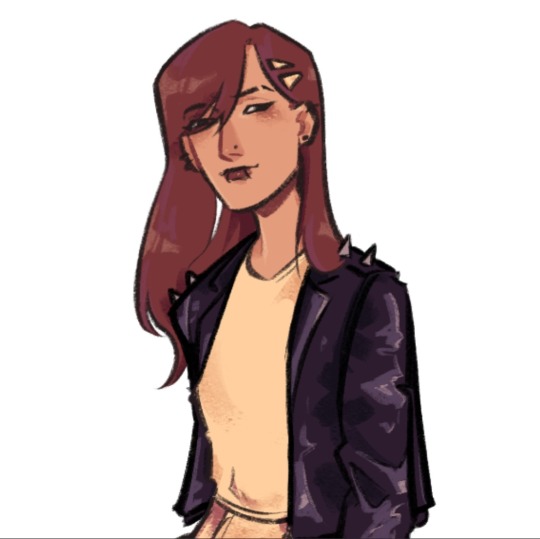
#tmp#the magnus protocol#fan design#character design#tmagp#tmagp fanart#fictional podcast#the magnus pod#headcanon#alice dyer#samama khalid#gwendolyn bouchard#digital art#trans artist#digital drawing#haha they're so cute i'm sure they all have plot armour and nothing bad will happen right? right???!?#critique welcome
1K notes
·
View notes
Text


Baby birrin and the anatomy of their eggs.
Their eggs have protein caps which are exchanged several times during development.
Color changes let attending birrin know the status of the embryo and when a new cap is needed.
2K notes
·
View notes
Text

A portrait of beloved professor Elias Scrimshaw. Elias is one of the stranger creatures from the species exchange program. An intelligent parasitic entity that can live in and manipulate a host's body for hundreds of years. Elias's species keep active only the bodily systems that are most needed, such as those involved in locomotion and eating. The unessential parts of the body are consumed, often Reducing the host species to what is essentially an animated husk which is kept preserved with a special cocktail of antibacterial fluids produced in Elias's strange asymmetric body. His preferred field of study deals with the biomechanics and life cycles of extraterrestrial parasites. His unique perspective and insight has offered great leaps in interstellar medicine by helping provide treatments for rare and often deadly parasitic infections. Not wanting to offend his host planet he took over the form of a stray cat which he assumed to be a local source of food before realizing it was in fact a common household pet. He has since expressed his deepest apologies for this mix up and has advised cat lovers to perhaps reconsider taking his class.
#my art#illustration#character design#creature design#alien creature#alien#scifi art#science fiction#parasite#cat#space#early 1900s#vest#buttons#books#zombie#undead#biology#speculative biology#speculative zoology#speculative evolution#spooky#scary#halloween
4K notes
·
View notes
Text

Nureyev dresses like an 80s Star Trek alien
#sorry no walk ins#the penumbra podcast#tpp#tpp fanart#peter nureyev#juno steel#digital art#fanart#sabtpp#sabworks#tpp peter#comic art#comic books#podcasts#fiction podcast#audio drama#illustration#sci fi art#sci fi#character design#character art#fashion illustration
1K notes
·
View notes
Text

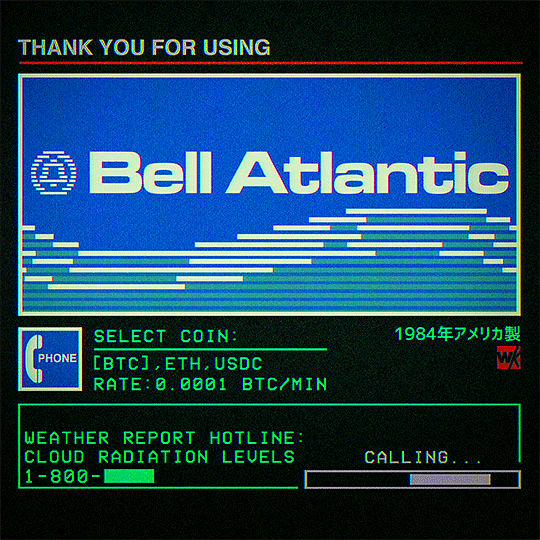

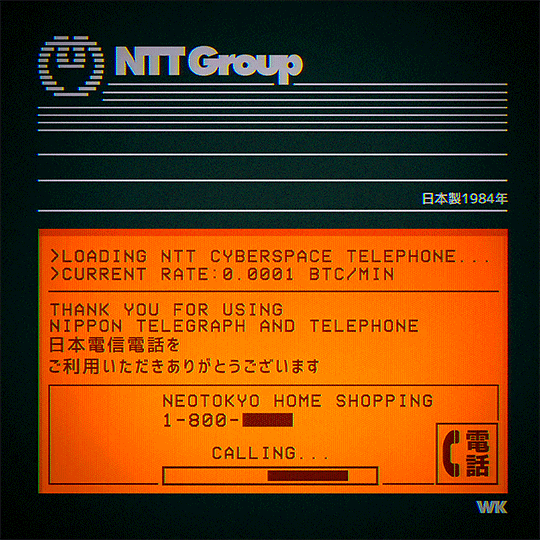
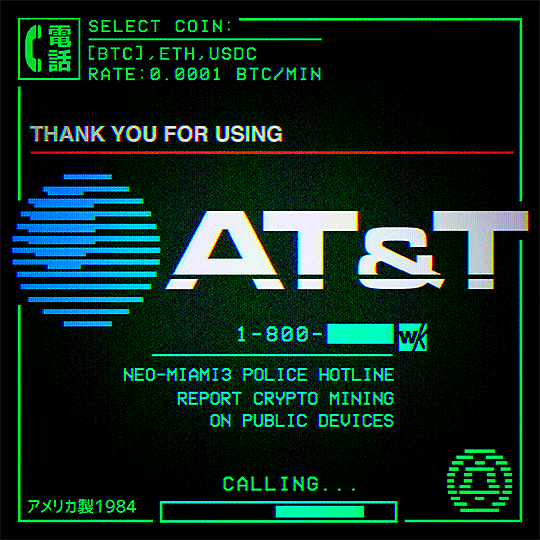
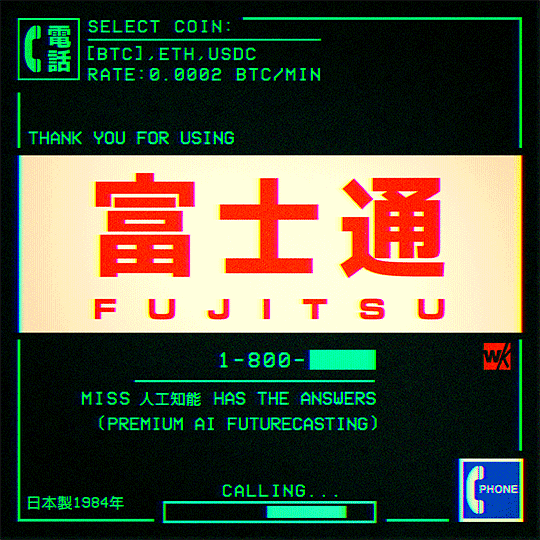
Cyberspace Telephone
#cyberpunk#bladerunner#retrofuturism#neotokyo#scifi#retro computer#pop art#retro computing#science fiction#dystopian#post internet#ui design#interface#phone#cyberspace#cyberart#animation#looping#80s#1000
2K notes
·
View notes
Text

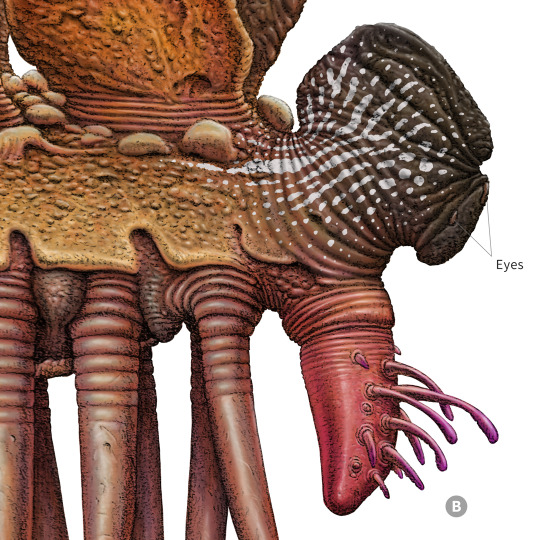



A Giant Forest Walker
#art#alien#space#creature#astrobiology#creature design#artist#exobiology#speculative evolution#worldbuilding#science fiction#scifiart
1K notes
·
View notes
Text

solitude
https://twitter.com/koyoriin
https://patreon.com/koyorin
https://instagram.com/koyori_n
https://bsky.app/profile/koyorin.bsky.social
#cyberpunk#illustration#character design#concept art#neon#cyborg#cyborgs#scifi#science fiction#glitch#glitch art
2K notes
·
View notes
Text

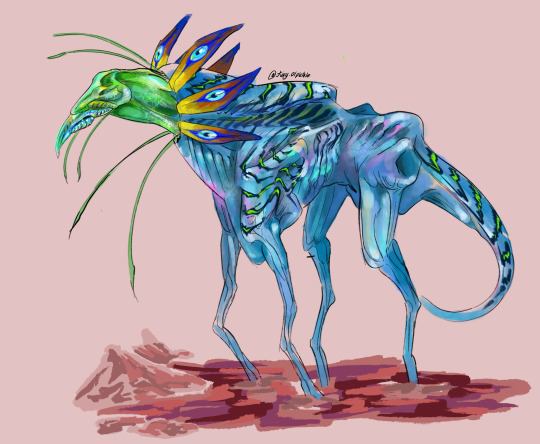

Felt like doing some creature redesigns from my previous speculative biology project
#spec bio#speculative biology#speculative evolution#xenobiology#alien species#spec evo#speculative fiction#artists on tumblr#speculative ecology#speculative worldbuilding#redesign#creature design
701 notes
·
View notes